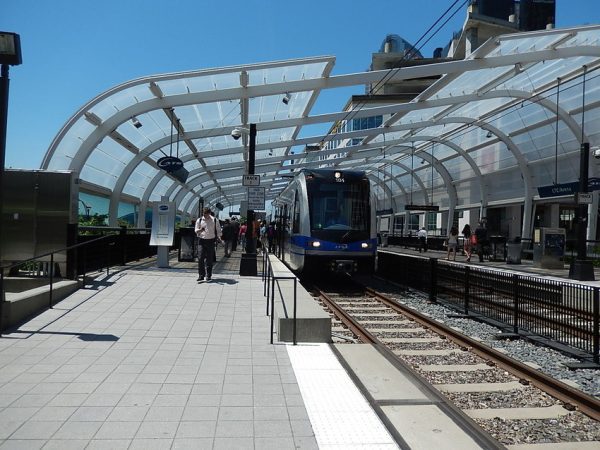Three ways coronavirus is impacting Charlotte transit

More than a month into local stay-at-home orders and the shutdown of large parts of Charlotte’s economy, one area is clearly feeling the impact: public transit.
As might be expected, ridership numbers have plummeted, both as a result of workers staying home and the Charlotte Area Transit System reducing hours.
Transit agencies around the nation are dealing with similar impacts. The Washington Metropolitan Transit Authority is closing one of its lines and some stations, while New York is facing a shortfall of billions of dollars and contemplating reduced service and deferred maintenance.
[Read our coronavirus articles here]
The crisis comes at a critical time for Charlotte. The Charlotte region is in the midst of formulating its first regional transit plan, and CATS is planning a new, east-west light rail line that’s sure to cost billions. Now, CATS, like other agencies, is facing prolonged uncertainty about not just how long the shutdowns will last, but whether people feel safe riding again when they’re lifted.
The Metropolitan Transit Commission, CATS’ oversight body, had its first meeting Wednesday since the crisis started, revealing some new details about the impact of the crisis on operations and finances. Here are three areas where COVID-19 is having an impact:
Service levels
Since cutting back to a mostly Saturday schedule, CATS has been running buses and trains much less frequently. Although CATS expects to ramp service back up when the stay-at-home order lifts, that’s going to be a gradual process.
Right now, CATS is operating 1,856 hours of bus service per weekday. Trains are running every 20 minutes. By October, CATS hopes to increase bus service 16 percent, focused on improving frequency in its core routes, and get the time between trains down to 15 minutes.
In February 2021, CATS could increase bus service another 18 percent, focused on express and secondary routes, and bring the time between trains down to 9 minutes (that’s its goal for normal weekday operation).
Bus service would return to full, weekday levels (2,767 hours of service a day) by June 2021.
That’s particularly tough given that increasing bus frequency has been a major focus for CATS chief executive officer John Lewis’s strategy to increase ridership. More than half of CATS’ bus routes (which carry the majority of riders) still have wait times of 45 minutes or more.
Ridership
Most obviously, fewer people are riding transit in Charlotte — a lot fewer. Every service CATS operates saw fewer people on board in March compared to the same month last year: 25% fewer local bus riders, 41% fewer on regional express buses, 49% fewer on local express buses and 37% fewer on the light rail.
And that’s just March. Mecklenburg County’s stay-at-home order didn’t go into effect until March 26. April’s declines are sure to be much steeper. For the full fiscal year, CATS is projecting an 11 percent decline.
Revenue
CATS has suspended fare collection, to keep both riders and drivers safe by removing the need for them to linger at the front of buses. Combined with a decrease in half-cent local sales tax revenue (which makes up the biggest chunk of transit funding), that’s expected to hit the system’s bottom line.
Fares are expected to go down by about $4 million, to just under $26 million. Sales tax receipts are expected to fall from $109 million in fiscal year 2020 to $106 million in fiscal year 2021.
At the same time, the system is seeing increased costs for everything from a 5% hazard pay premium for operators to increased deep cleaning and sanitization of its vehicles.
But the federal aid package should give CATS about $57 million to replace lost revenue, Lewis told the MTC. And he expects to reinstate fares soon after Gov. Roy Cooper lifts the statewide stay-at-home order, which has been extended to May 8. The MTC voted to recommend the proposed CATS $176 million operating budget for next year, and Lewis told the group that the transit agency is still on sound financial footing.